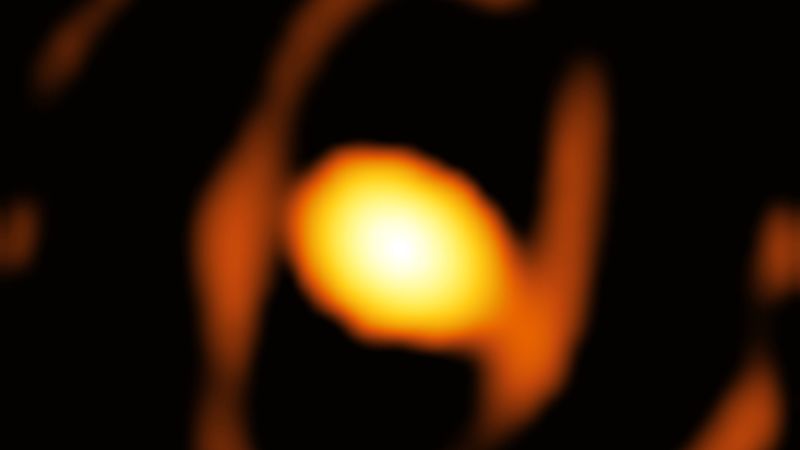
Degree
In space and astronautical engineering, degree refers to the measurement of an angle or inclination of a spacecraft or satellite relative to a reference plane. This measurement is important for determining the orientation and trajectory of the spacecraft or satellite. The most commonly used reference plane is the plane of the Earth's equator, and the angle is measured in degrees from this plane. The degree of inclination can affect the orbit of the spacecraft or satellite, as well as its visibility from different parts of the Earth. For example, a satellite in a polar orbit has a degree of inclination of 90 degrees, meaning it passes over the Earth's poles, while a satellite in a geostationary orbit has a degree of inclination of 0 degrees, meaning it remains stationary over a fixed point on the equator.
Your Previous Searches
Random Picks
- Nuclear: Nuclear engineering is a field of engineering that deals with the application of nuclear energy in a variety of contexts, including nuclear power plants, nuclear weapons, medical diagnostics and treatment, and research. Nuclear engineers de ... Read More >>
- Turbofan Engine: A turbofan engine is a type of jet engine that is widely used in commercial and military aircraft. It consists of a core engine, which is similar to a traditional jet engine, and a fan that is mounted on the front of the engine. The fan dra ... Read More >>
- Fuel Cladding: Fuel cladding is a material that encapsulates nuclear fuel and provides a barrier between the fuel and the coolant in a nuclear reactor. The cladding material must have high melting point, good mechanical strength, and resistance to corrosi ... Read More >>
Top News

Archaeologists discover 4,000-year-old canals used to fish by predecessors of an...
Using drones and Google Earth imagery, archaeologists have discovered a 4,000-year-old network of earthen canals in what’s now Belize...
News Source: ABC News on 2024-11-22

First close-up image of a star beyond our galaxy may reveal impending supernova...
Astronomers have taken the first close-up image of a star beyond our galaxy, and it’s a “monster star” surrounded by a cocoon as it slowly dies....
News Source: CNN on 2024-11-21

Bestselling author explains the science of happiness: "You can do the work"...
Bestselling author and Harvard professor Arthur Brooks opens up about how enjoyment, satisfaction and meaning in life can increase a person's wellbeing....
News Source: CBS News on 2024-11-18

November's full moon, known as the Beaver Moon, is the last supermoon of 2024. H...
November's full moon, known as the Beaver Moon, is the last supermoon of 2024. Here's when it peaks and why it's called the Beaver Moon....
News Source: CBS News on 2024-11-15

You can't put a price on the sense of awe particle physics inspires...
Astronomy and particle physics are no longer seen as vital by the US establishment, so funding has fallen. But our work creates a sense of wonder, and wonder matters, says Chanda Prescod-Weinstein...
News Source: New Scientist on 2024-11-13